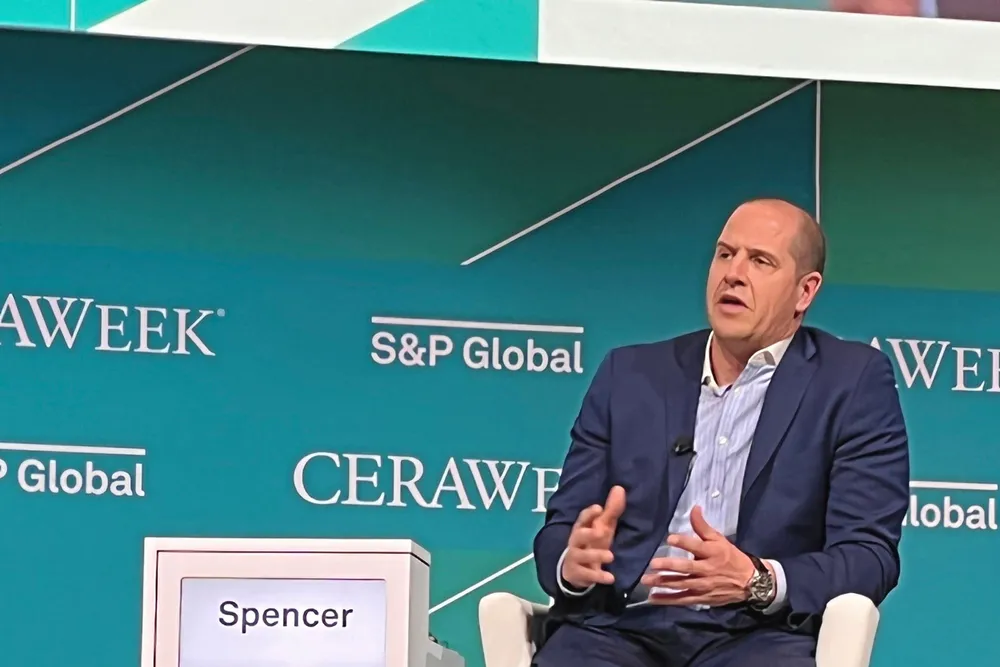North Dakota CCS prowess proves attractive to Cerilon’s gas-to-liquid ambitions
ABB will provide automation and digital solutions to the gas-to-liquids facility and associated carbon capture

ABB will provide automation and digital solutions to the gas-to-liquids facility and associated carbon capture
